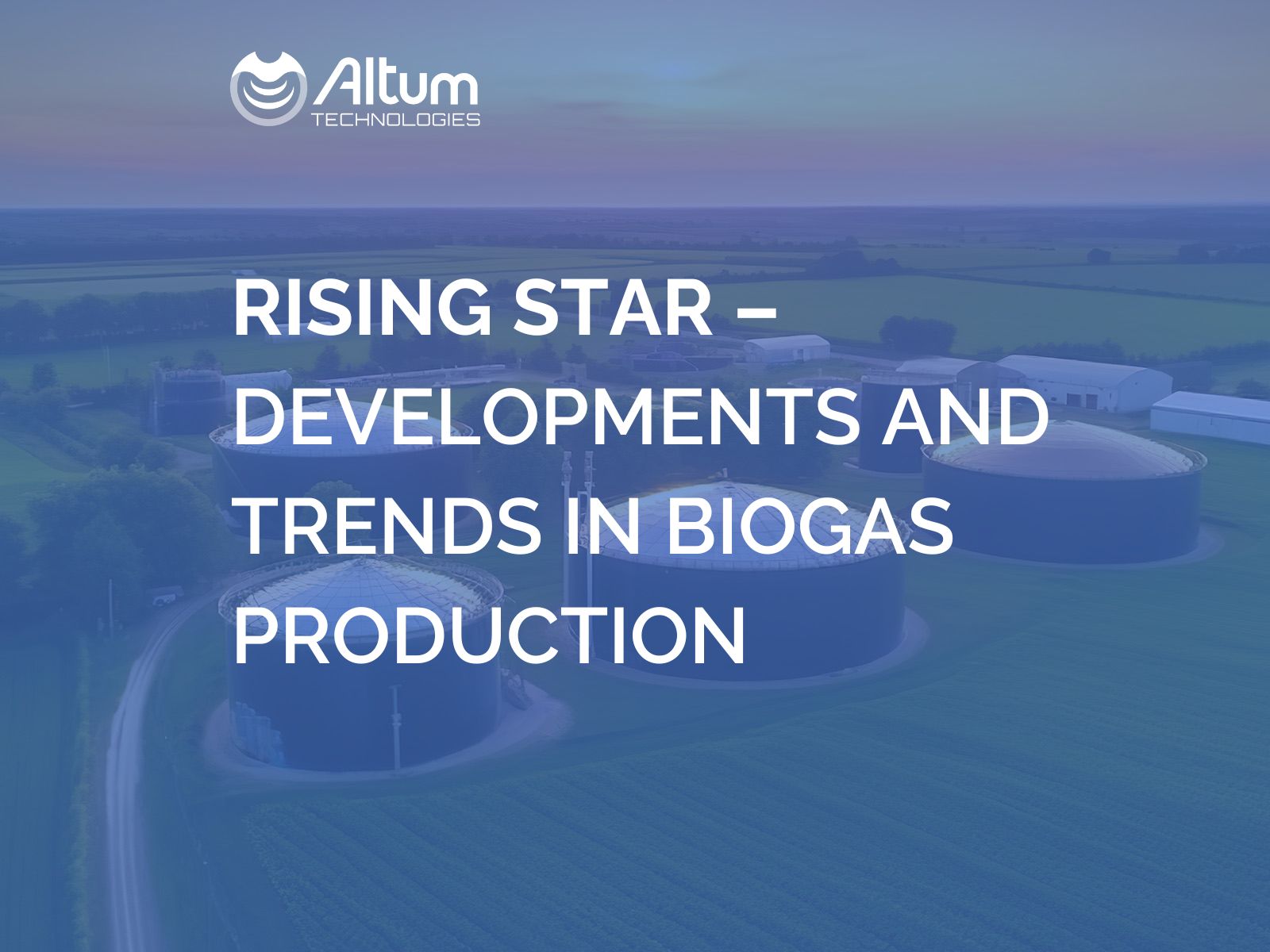Energy consumption and emissions are widely discussed topics globally. A key focus of these discussions is the role of renewable energy in replacing fossil fuels to reduce greenhouse gas emissions and pollution. This transition has been ongoing for some time, and currently, approximately one-seventh of the world’s primary energy, and almost one-third of our electricity comes from renewables, according to Our World in Data.
One rising star with great potential is bioenergy, such as biogas, also known as biomethane. As the IEA notes, the future of biogas is intrically connected to the situation of the global energy system as a whole – renewable energy sources and their production need to be developed and utilized more effectively to answer to the growing demand for energy worldwide. Biogas can be used in multiple different ways and can adapt to replace natural gas, which makes it a very potential renewable energy source.
Part one of our info package on biogas will discuss the opportunities and benefits of biogas as part of the current, developing energy system aiming for the increased share of renewable energy.
Opportunities and Benefits of Biogas
Bioenergy is derived from biomass, which includes all animal and plant material on Earth. Biogas production involves converting biomass, such as manure, crops, food waste and sewage, into a mixture of carbon dioxide and methane. This is done with anaerobic digestion. By cleaning biogas from CO2 and other trace gases, it can become RNG, Renewable Natural Gas.
Biogas can be utilized in many different ways. RNG is biogas that has been upgraded to meet the quality standards of natural gas. This means RNG can be used in place of natural gas, which is a fossil fuel, in gas pipelines or as fuel for transportation. Electricity and heat can also be generated from biogas. If not managed properly, biomass and organic waste can pose environmental pollution risks – in addition to being a versatile energy source, another benefit of biogas production is mitigating these environmental risks.
Among other benefits of biogas, we can include the following advantages:
1. Biogas production is carbon-neutral and doesn’t contribute to greenhouse gas emissions.
2. It helps divert food waste from landfills, positively impacting the environment and economics.
3. It reduces soil and water contamination from animal manure and human faeces.
4. It reduces the amount of methane emitted to the atmosphere.
5. It uses simple and low-cost technology, which makes it cost-effective.
6. Electricity from biogas provides stability, as the energy can be generated continuously, regardless of the weather conditions and time of day.
7. Localisation and energy autonomy: smaller-scale biogas plants can be established close to local communities and source of feedstocks to provide these communities with heat and electricity.
Versatile Biogas for Greener Energy
Biogas is a renewable energy source with significant potential. Biogas is an important part of the development towards greener energy due to its adaptability to existing gas infrastructure, potential for localized energy production, and stability as an electricity source, among many other benefits.
Stay tuned for part two of our biogas info package, in which we will discuss policies, governmental support and technological advancements which are driving biogas production forward.
You can also read our other blog posts about biogas production:
Increased Operation Uptime in a Biogas Plant with Power Ultrasound
Biogas – A Sustainable Approach to Energy Production
Don’t forget to follow us on LinkedIn to stay tuned for future insights.

